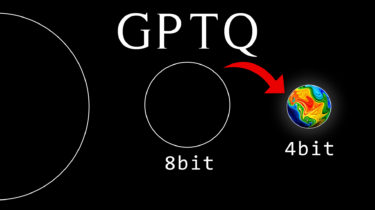Fine-tune Llama 3 with ORPO
ORPO is a new exciting fine-tuning technique that combines the traditional supervised fine-tuning and preference alignment stages into a single process. This reduces the computational resources and time required for training. Moreover, empirical results demonstrate that ORPO outperforms other alignment methods on various model sizes and benchmarks. In this article, we will fine-tune the new Llama 3 8B model using ORPO with the TRL library. The code is available on Google Colab and in the LLM Course on GitHub. ⚖️ […]
Read more







